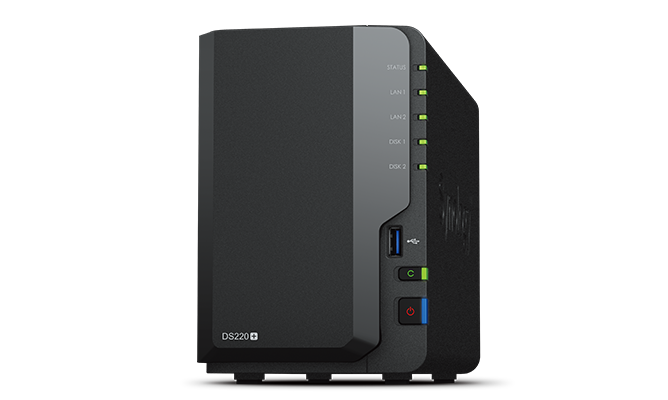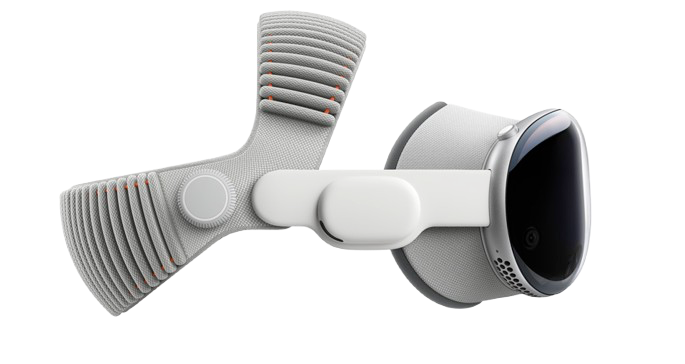

Home Lab Architecture
How I built a distributed infrastructure for remote development, CAD workloads, and seamless computing across all devices using modern mesh networking.
24/7
Server Uptime
6
Connected Devices
~12ms
Low Latency
8TB
Storage Pool
System Topology
A mesh network connecting all devices through Tailscale VPN, enabling secure remote access without port forwarding or complex networking.
Tailscale
Mesh VPN
WireGuard
Modern VPN protocol with cryptokey routing
< 15ms
Average latency between nodes
Zero Ports
No port forwarding or firewall rules needed
Hardware Stack
Each device serves a specific purpose in the distributed computing architecture
Mac mini M4
24/7 Server & Development Hub
Services
1GbE → NAS • Tailscale Mesh
Windows Workstation
GPU Workloads & Gaming
Services
Ethernet • Tailscale VPN

Synology NAS
Storage & Backup Hub
Services
1-10GbE • Tailscale Agent

Synology RS1221+
Enterprise Storage Expansion
Services
10GbE Backbone • Tailscale
MacBook Air M3
Primary Client Device
Services
WiFi 6E • 5G Cellular • Tailscale
Mobile Devices
Remote Access & Monitoring
Services
5G/WiFi • Tailscale Mesh

Apple Vision Pro
Spatial Computing Client
Services
WiFi 6E • Bluetooth • Tailscale
My Daily Workflow
How I use this setup for development, CAD work, media processing, and remote access
Connect via Tailscale
Single authentication gives me secure access to all devices from anywhere. No VPN configuration or port forwarding needed.
Development on Mac mini
VS Code Remote-SSH to Mac mini for all development work. Docker containers, databases, and build processes run on the server with full compute power.
CAD & GPU Work
Stream Windows PC desktop via Sunshine/Moonlight for SolidWorks, Blender, and gaming. RTX 4070 handles all GPU-intensive tasks remotely.
Data & Storage
NAS handles all file storage with automatic backups and versioning. Large exports and media files sync seamlessly across devices.
Mac mini
Windows PC
NAS
Software Stack
The technologies and tools that power this infrastructure
Networking
Containers
Development
Streaming
Storage
Monitoring
Security
Automation
Key Insights
What I've learned building and running this distributed infrastructure
Performance First
Tailscale mesh networking eliminates traditional VPN bottlenecks. Direct peer-to-peer connections deliver near-local performance.
Rock Solid
M4 Mac mini runs 24/7 with exceptional reliability. Automated monitoring and backup strategies ensure minimal downtime.
Future Ready
Docker containerization and ARM64 architecture provide a solid foundation for scaling and adding new services.